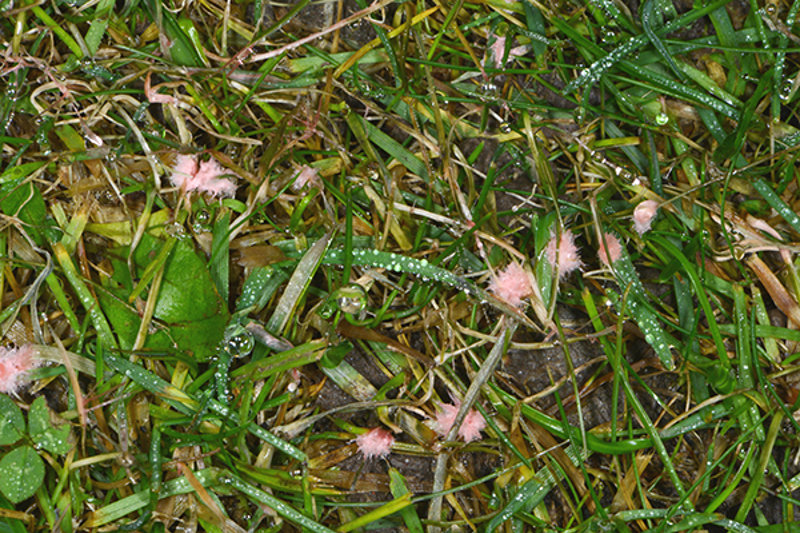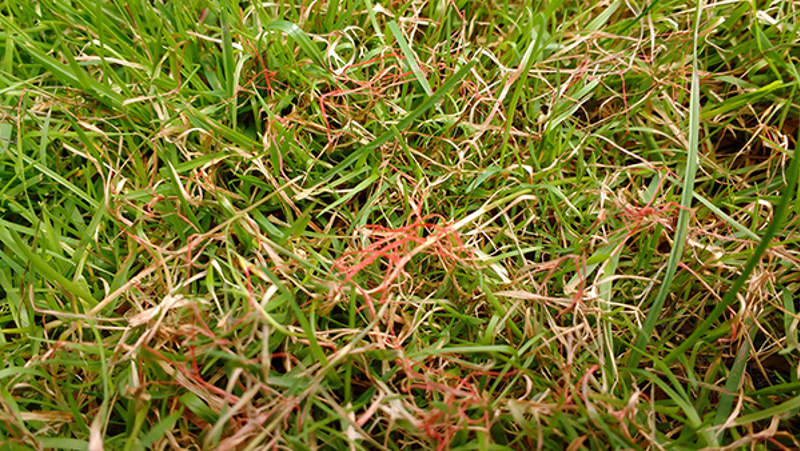Yates Account
Join now
Create a Yates account today!
Sign up to join the Yates Garden Club for monthly e-mails packed with seasonal inspiration, tips for success & exclusive promotions.
Plus if you’re a Garden Club member you can take part in the Yates Growing Community - a blog to share successes, get advice & win prizes in fun challenges along the way!

Forgot password
Enter the email address associated with your account, and we'll email you a new password.
Laetisaria fuciformis / Limonomyces roseipellis
What are Red Thread & Pink Patch?
The symptoms and behaviour of these two diseases look very similar, so we'll discuss them together.
Found throughout NZ, Red Thread (Laetisaria fuciformis) and Pink Patch (Limonomyces roseipellis) are encouraged by a combination of cool temperatures, consistently high rainfall and high humidity.
The 'sweet spot' for these two pathogens is in spring or autumn, just as the season warms up or cools down. Perennial ryegrass and fescues are very susceptible.
Symptoms
These diseases first show up as reddish-tinged patches in a lawn, which then turn brown. If you look at the outer edges of the patches, you'll notice distinctive red threads or fluffy looking pink tufts amongst the grass blades. This is the mycelium of the fungus.

How to protect your plants
Applying a fast-acting lawn food like Yates Lawn Fertiliser Quarterly helps to reduce the severity of the disease. Keep lawns well fed; poor lawn nutrition is a common characteristic of red thread infections.
Lawns should always be watered in the morning so they dry well before nightfall. Excess moisture increases the risk of red thread.
Too much thatch can create ideal conditions for red thread, by increasing humidity at the grass roots. The spores will be mostly present in the thatch as well, and will stay alive for a couple of years if undisturbed.
Thatch needs to be removed by ‘de-thatching’ or scarifying. It's done by mowing the lawn at a low level (this can be completed over several mows, lowering the mower at each cut) or very vigorously raking the lawn with a strong rake (sometimes called a thatching rake). Lawn scarifier machines are also available from hire merchants.
De-thatching established lawns is best carried out from mid-spring to early summer, so the weather is warm enough to encourage new grass growth.
Plants impacted
- Lawns
- Turf


















Share
Share this article on social media